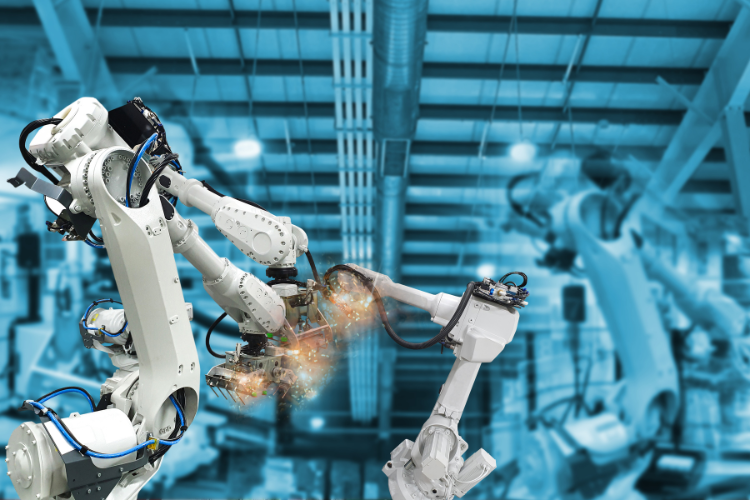Where Are Your Product Development Gaps?
Is your organization struggling to streamline your product development process? Are you facing labor and capacity issues? Not getting products to market soon enough? You're not alone. Organizations like yours are facing a number of challenges including time constraints, labor issues, time-to-market obstacles, product lifecycle declines, and more! Boston Engineering provides numerous solutions to help you fill the gaps you are facing.

Innovative Product Development Solutions
- Design for X (DFX) is an approach to engineering and design that focuses on a primary variable of a product or process, and narrows in on the design activities that will influence that trait or feature as the desired outcome of a project. If a company is looking to improve a product in the face of new competition or a market shift, extend the lifecycle (and profits) of an existing product whose components are harder to come by, or quickly solve a new performance or compliance issue that has arisen, the focus of DFX can be a powerful tool. Boston Engineering's primary DFX capabilities include:
- Design for Manufacturability (DFM)
- Design for Assembly (DFA)
- Design for Reliability (DFR)
- Design for Serviceability (DFS)
- Design for Testability (DFT)
- Digital Solutions are providing companies with the ability to increase worker efficiency and improve time-to-market. Internet of Things (IoT) technology and sensors are providing insights for remote monitoring (RM) -- connecting assets and collecting data to generate actionable insights. Data is the most valuable asset within any modern organization and the lifeblood of the digital thread. These insights can help companies make future decisions based on how products are operating and/or being used in the field. Information from sensors, machines, processors, and people can be captured, measured, and analyzed for a variety of uses, such as optimizing and automating operations, improving task efficiencies, enhancing R&D, and upgrading production.
Simulation design tools enable engineering teams to significantly boost productivity, spur innovation, and speed time to market. 3D design software allows your team to make smarter, faster decisions by reducing product development costs and improving workflows. Your team can build market-leading products while accounting for real-world behaviors with less prototyping. - Robotic technology has been around for decades, but today is being adopted by more and more organizations as they automate old and tiresome manual processes. Sensors in today’s robots enable them to be alert in their surroundings - seeing, hearing, and even feeling. Robotic technology is capable of adapting and making decisions to respond to real-time operating conditions and situations. The potential for robotics across all industries is endless. An automated process can work 24/7 with no fatigue or decrease in quality as well as the elimination of personnel training and human error.

Impossible Challenge? Try Us.
Selecting a partner to help you fill the gaps of your product development projects is a valuable option to increase time-to-market, bypass labor and time constraints, and avoid product lifecycle declines.
Don't see your challenge here? Try Us! We can engineer what many others can only imagine.
Imagine your Impact: Stay up-to date with the latest insights and trends we're watching. Add your email address below and sign up for a Monthly Summary of our most impactful posts!











